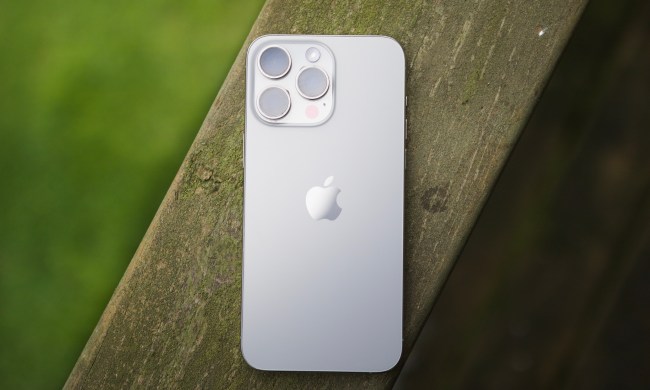The first major change in iOS 11 comes in the form of an interface overhaul to the Control Center. The hub-like feature now sports a bubbly aesthetic and takes of the entirety of your phone’s display when you swipe up from the bottom of your screen, opposed to just a portion of it. In addition to being full-screen, there are now smaller icons that, when combined with the feature’s larger real estate, provide you with quick access to far more settings than before. You can also go to Settings > Control Center if you want to customize which settings appear in the Control Center, or rearrange where they appear. They even work in conjunction with 3D Touch, meaning you’ll be able to access a host of additional settings if you’re using an iPhone 6 or newer.

The other big change to the UI is the combining of the lock screen and the Notification Center. Swiping down on your phone will now bring up the lock screen, which also now displays unread notifications, while swiping up will surface older notifications. Thankfully, these are no longer grouped based on the app, and now show up in chronological order.
With iOS 11, Apple also added something we believe should be on every smartphone: A file manager. It might seem simple, but being able to see all your documents, folders, photos, and other content in a single location is nothing shy of convenient — it also makes your iPhone more computer-like. Furthermore, the latest iOS update allows you to edit Live Photos, meaning you can essentially crop the the photo to show only a portion of the original image. You can also set them to play backwards automatically upon completion, or set them to repeat over and over if you want to save them as a shareable GIF.
Another photo-centric feature, Portrait Mode, has also received a bump in quality with the release of iOS 11. The feature, which allows you to easily blur the background of an image, now features optical stabilization and High Dynamic Range (HDR) on the iPhone 8, 8 Plus, and iPhone X. You’ll also be able to use it with the selfie camera on those devices.

While the iPhone remains the centerpiece on which Apple built its mobile operating system, the latest iOS update does tout a few iPad-centric features, some of which are more subtle than others. First off, the new dock now resembles the normal MacOS dock, in that it can hold a lot more icons — 13, to be exact. Moreover, you can pull it up from any screen by swiping up, giving you quick access from places other than the home screen. It features a section for your most-recent apps, too, which makes it feel more desktop-like and efficient when it comes to multitasking.
Another change that makes an iPad running iOS 11 more akin to a traditional desktop is the new drag-and-drop feature. Basically, if you have multiple apps running at once, you can actually drag items — like a photo, for instance — to a different app and have it seamlessly copied and placed accordingly. It’s a small thing, but it brings the iPad more in line with desktop machines, which Apple needs to do if it plans to keep touting the tablet as a viable replacement for your computer.
Needless to say, there are far more changes in iOS than those mentioned in the video above, though these are probably the biggest. Now, if only iOS sported the same kind of customization as Android…
David Cogen — a regular contributor here at Digital Trends — runs TheUnlockr, a popular tech blog that focuses on tech news, tips and tricks, and the latest tech. You can also find him on Twitter discussing the latest tech trends.



